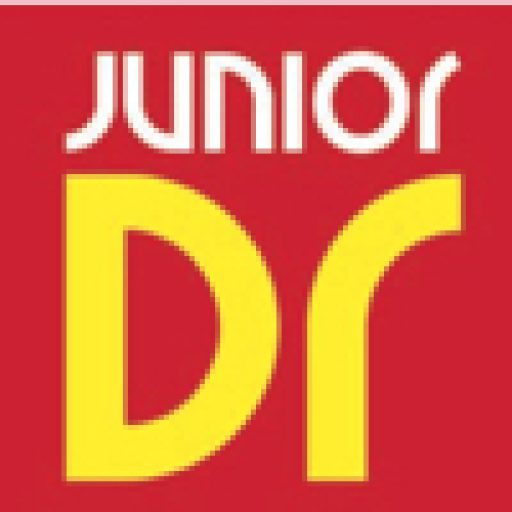 MAKING SENSE OF THE ECG 4TH EDITION
MAKING SENSE OF THE ECG 4TH EDITION
The Making Sense… series began in 1997 with Making Sense of the ECG, which has won awards from the BMA and the Royal Society of Medicine, and has been published in 11 languages. Now in its fourth edition, our book has a completely new and larger format which allows for the presentation of full 12-lead ECGs throughout. We’ve thoroughly revised and updated the text, with reference to the latest cardiology guidelines throughout. We’ve retained our step-by-step approach to ECG interpretation, but have restructured the chapters to make the approach to ECG interpretation even easier. There is a strong clinical emphasis throughout the book, as we think it’s important not just to be able to interpret the ECG, but also to know what to do once you’ve made a diagnosis.
CASES FOR SELF ASSESSMENT 2ND EDITION
As well as updating our main Making Sense of the ECG textbook, we’ve also updated the companion volume Making Sense of the ECG: Cases for Self Assessment. The new second edition of this companion volume allows you to put your ECG skills to the test.
We present you with 70 different ECGs for interpretation covering the whole spectrum of cardiac disorders. Each ECG is accompanied by a typical clinical scenario and a series of questions. This is followed by a full ECG analysis, with detailed answers to the questions and a commentary that expands further upon the material presented. By updating both books together, we’ve ensured that they are both completely up to date and have a consistent approach to ECG interpretation. There is also extensive cross-referencing, helping you to immediately find relevant material in the main textbook if you want to review the topic in question.
WRITTEN WITH STUDENTS AND JUNIOR DOCTORS IN MIND
Written by experienced cardiologists with over 17 years’ publishing and teaching experience, the Making Sense of the ECG books are specifically tailored to the learning needs of medical students and doctors in training. Our manuscripts have been extensively evaluated by students and trainees, and the text revised and restructured accordingly in order to optimise its clarity and readability. By writing the books in this way, we believe that these texts represent the best ECG teaching books on the market today.
PERFECT FOR EXAMINATION REVISION
Our books are written in a concise yet readable style with chapter summaries and frequent tip boxes, which makes them ideal for examination revision. For junior doctors on the wards, the clinical emphasis ensures that they are an invaluable resource not just for ECG interpretation but also for deciding how to act on the results. Available in both print and digital formats, the books are readily accessible wherever you are. Comprehensive indexing in both books makes it quick and easy to locate the information you need, and cross-referencing makes it simple to read more deeply on a topic after you’ve tested your skills in the self-assessment volume.
MAKING SENSE OF ECHOCARDIOGRAPHY 2ND EDITION
If you’re moving on to specialty training in cardiology, Making Sense of Echocardiography is an essential text for your bookshelf. Maintaining the same readable style as you’ll find in the ECG books, Making Sense of Echocardiography will help you grasp even the most demanding topics in cardiac ultrasound. Designed with the British Society of Echocardiography accreditation examination in mind, the book comprehensively covers all the key topics on the BSE syllabus. Published in 2013, this second edition references the latest guidelines and evidence-based clinical advice, with fully-updated key references. The accompanying website contains images and video clips to complement the material contained in the book. This is an ideal echocardiography reference whether your preparing for accreditation examinations or simply looking for a reference book to improve your knowledge and skills.
We hope you enjoy reading the Making Sense… cardiology books and find them as clear, up-to-date and clinically-relevant as we have designed them to be. We wish you the very best for your medical training.




